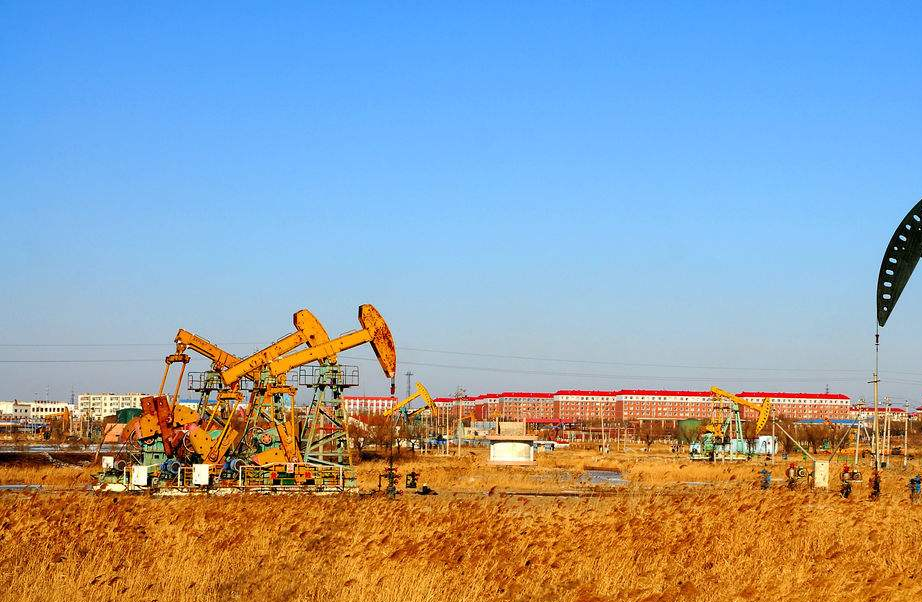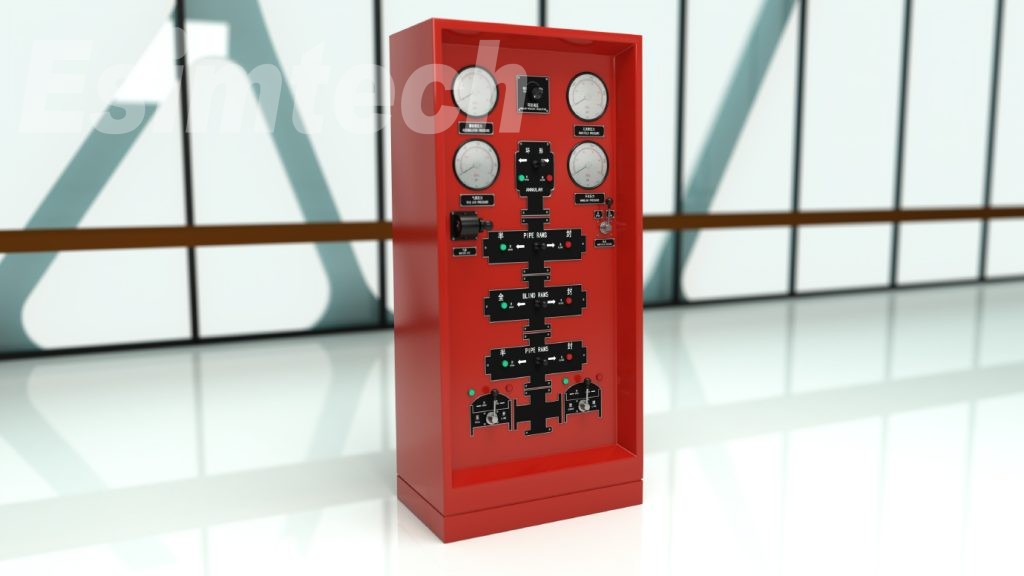How to Prevent Well Blowouts
A well blowout, characterized by the uncontrolled release of oil, gas, or fluids from a wellbore, represents a catastrophic event with far-reaching consequences. This article delves into the causes, repercussions, and proactive prevention strategies associated with well blowouts.

Causes of Well Blowouts:
High Reservoir Pressure:
Excessive pressure within hydrocarbon reservoirs can lead to a forceful expulsion of fluids if it surpasses the pressure exerted by drilling mud, destabilizing the well.
Fluids:
Variable pressures and compositions of fluids within distinct rock formations can result in unexpected high-pressure encounters, contributing to a blowout.
Inadequate Well Design:
Poorly constructed wells lacking appropriate safety elements are susceptible to blowouts, especially when unprepared for sudden pressure changes.
Faulty Equipment:
Malfunctions in critical equipment, such as blowout preventers (BOPs), increase the risk of a blowout by compromising the ability to control the well.

Drilling Mud Management:
Improper control of drilling mud parameters can lead to an insufficient pressure balance within the wellbore, increasing the risk of a blowout.
Human Error:
Mistakes during drilling operations, including incorrect pressure calculations or misinterpretation of data, can contribute to blowouts.
Kick Detection Failure:
Failure to detect and manage kicks – the influx of reservoir fluids into the wellbore – can escalate into a blowout.
Lack of Training:
Inadequate training on well control techniques may result in inappropriate responses during critical situations.
Natural Factors:
Seismic activity or other natural occurrences can induce geological changes, altering reservoir pressure and posing blowout risks.
Neglecting Safety Protocols:
Violating safety protocols to expedite drilling or cut costs raises the likelihood of a blowout.
Equipment Wear and Tear:
Old or poorly maintained equipment increases the risk of equipment failure, elevating the danger of a blowout.
Consequences of Well Blowouts:
Environmental Impact:
Oil spills from blowouts can wreak havoc on marine and coastal ecosystems, causing widespread environmental damage.
Health:
Vapors emitted during a blowout can negatively impact human health, leading to respiratory problems and other ailments.
Economic Loss:
The costs of containment, cleanup activities, and potential revenue loss from uncontrolled material discharge are substantial.
Reputation Damage:
Blowouts can significantly damage the reputation of the oil and gas industry, attracting public outcry, media attention, and regulatory inquiries.
Preventive Measures to Avoid Well Blowouts:
Well Design and Construction:
Employ skilled engineers and geologists to construct wells capable of resisting reservoir pressures.
Use strong casing and cementing procedures to prevent fluid migration and fortify the wellbore.
Advanced Technology and Monitoring:
Utilize cutting-edge monitoring equipment to track well conditions, pressures, and temperatures in real time.
Install automated systems for detecting pressure anomalies and unexpected changes in drilling conditions.
Blowout Preventers (BOPs):
Install high-quality, well-maintained BOPs as the first line of defense against uncontrolled releases.
Regularly inspect, test, and certify BOPs to ensure proper operation.
Well Control Training:
Provide thorough well control training for all staff involved in drilling and well operations.
Conduct regular drilling and well control simulations to ensure preparedness for blowout scenarios.

Regulations and Compliance:
Adhere to industry norms and standards set by competent authorities to meet specified safety and operational criteria.
Risk Assessments:
thorough risk assessments before drilling to identify potential hazards and plan mitigation strategies.
Emergency Response Plans:
Develop comprehensive emergency response plans outlining step-by-step methods for dealing with blowouts.
Ensure all workers are familiar with these strategies.
Safety Culture:
Foster a robust safety culture where employees are empowered to raise concerns and report potential dangers without fear of retaliation.
Regular Inspections and Maintenance:
Regularly inspect equipment, machinery, and safety systems to identify and address potential problems.
Communication and Collaboration:
Maintain open communication and collaboration among team members, contractors, and service providers to ensure adherence to safety guidelines.
Environmental Considerations:
Implement methods to reduce the environmental impact of blowouts, such as the use of containment booms and oil spill-mitigation equipment.
Continuous Improvement:
Encourage a culture of continuous improvement, applying lessons from prior incidents to enhance preventive measures and response tactics.
Industry Research and Innovation:
Invest in research and development to explore new technologies and approaches that can improve blowout prevention and response capabilities.
Conclusion:
The oil and gas industry faces the constant threat of well blowouts, demanding a proactive approach to mitigate the occurrence and impact of such events. Through technological advancements, comprehensive training, adherence to regulations, and effective emergency response planning, the industry can work towards safer and more responsible extraction procedures, ensuring the well-being of employees, protecting the environment, and maintaining operational integrity.
- Art
- Causes
- Crafts
- Dance
- Drinks
- Film
- Fitness
- Food
- Games
- Gardening
- Health
- Home
- Literature
- Music
- Networking
- Other
- Party
- Religion
- Shopping
- Sports
- Theater
- Wellness


